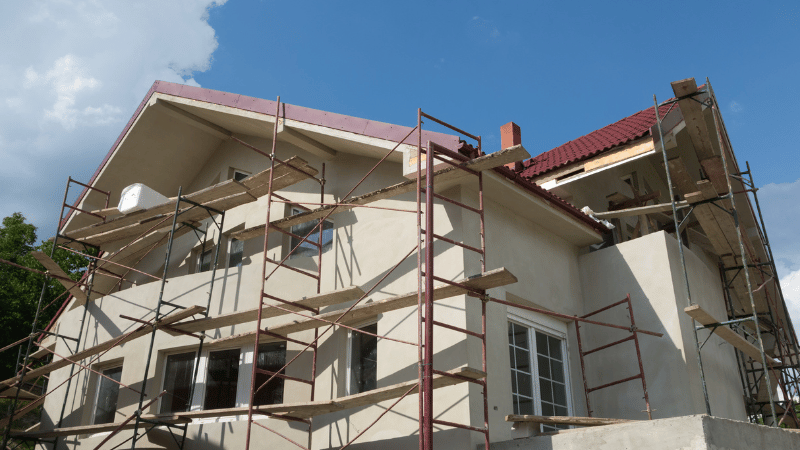Categories
Bridging Loan For Farmer To Redevelop Barn Into Holiday Let In Scotland

Scottish farmers and crofters are facing challenging times, and most landowners will be thinking creatively about how to maximise income from redundant steadings.
Dilapidated and abandoned stone crofts and steadings are a picturesque sight for tourists and hill-walkers. But they’re a sorry drain on resources of farmer owners who need to keep them safe and prevent further decay.
New uses for old barns
With good business research, imagination, and a supportive source of funding, rundown steadings can become a farm asset and a valuable source of additional income.
- Diversification is essential for modern family farms, not just in livestock and growing plans but as a total business plan.
- Diversification also provides new opportunities for younger members of the family to use a different range of skills and build a future on the farm.
- Rebuilding or converting a steading for a holiday let can be an easy first foray into tourism-related business.
- Or it may be part of a wider plan of farm-based activities:
- reception facilities for a camping or caravan site
- centre for farm visitor attractions
- farm shop or other type of retail outlet
- self-storage facility
- a wedding venue with additional accommodation
With holiday renters able to choose from a wide variety of accommodation online you will be wise to research the features that make properties popular, and cost your conversion accordingly.
Open fires or wood-burning stoves are must-haves for remote rural locations, and a clothes-drying cupboard or a hot tub could be the winning point of difference for your property.
You will need planning permission
As a farm owner you’re at an advantage compared with a prospective buyer who needs to try to establish the likelihood of planning permission being granted before they purchase their tumbledown-barn-with-great-views.
- You do need to get planning permission for changing the use of a steading before applying for finance.
- Lenders will reduce the amount they’re willing to loan for a property if planning permission isn’t already secured.
- The Scottish government recognises the need to find alternative uses for redundant farm steadings to prevent them falling into total disrepair.
- At the same time there’s a commitment to protect existing building stock, and ensure that conversion projects are carried out to high standards.

How to find out about planning permission for a steading conversion
An architect who is experienced in steading conversions should know about planning requirements in your area, and should have a good working relationship with your local planning authority.
You can find whether you will need planning permission from the Scottish government website.
Scottish Borders Council, for example, offers online guidance and a charged pre-application advice service.
If the steading is a listed building, or in a conservation area, you will need to meet the more stringent planning requirements for listed building consent or conservation area consent. You can get advice from Historic Environment Scotland.
The advantages of an unregulated vs regulated loan
Accessing bridging finance to convert a steading into a holiday let rather than for use as your own home is relatively straightforward.
This is because non-residential short-term finance is unregulated (you, the client, don’t need to be protected from losing your own home), and as such attracts more lenders into the market – who are prepared to offer competitive rates and more flexible terms.
- They may be willing to finance uniquely challenging projects.
- You can choose to "service" an unregulated loan (paying the interest monthly) if you have sufficient income, rather than roll the interest into the total borrowing.
- Servicing the interest increases your monthly outgoings but avoids the additional cost of paying-interest-on-interest.
Your "exit" from a bridging loan will need to be assured by a proven demand for holiday accommodation in your area. Evidence not only of alternative accommodation costs in the area but also local tourism attractions will be useful.

How much can you borrow?
- As an unregulated loan you could be able to borrow up to 80% of the cost of your conversion project.
- The limit on regulated loans is 75%, including fees and interest, and sometimes that additional 5% of lending is what will get the building works to completion.
See how much you could borrow with our bridging loan calculator:
Clifton Private Finance helps clients to access both regulated and unregulated finance. As a result we apply the same care in assessing the affordability of lending for you for a loan on a business property as on a home. We’re focused on your protection, and on finding you the most suitable finance, rather than just satisfying FCA requirements.
To find out what we can set up for you, talk to one of our experienced brokers:
0117 313 7705
And if this blog has been useful to you, please pass it on:
















